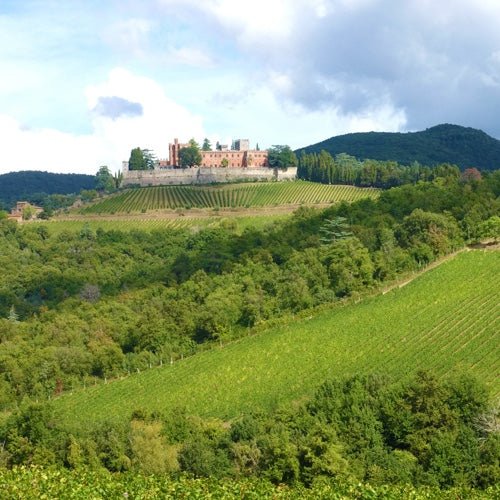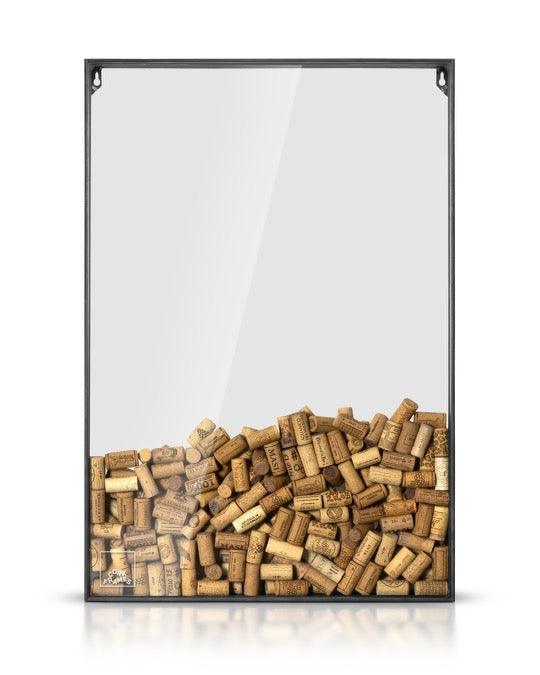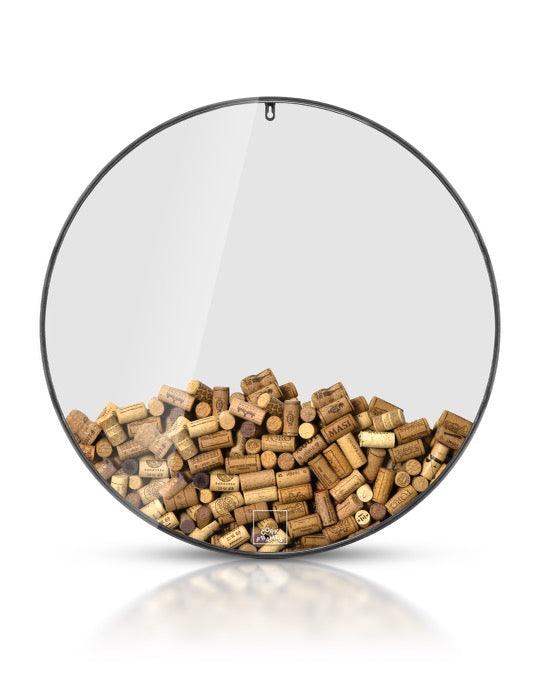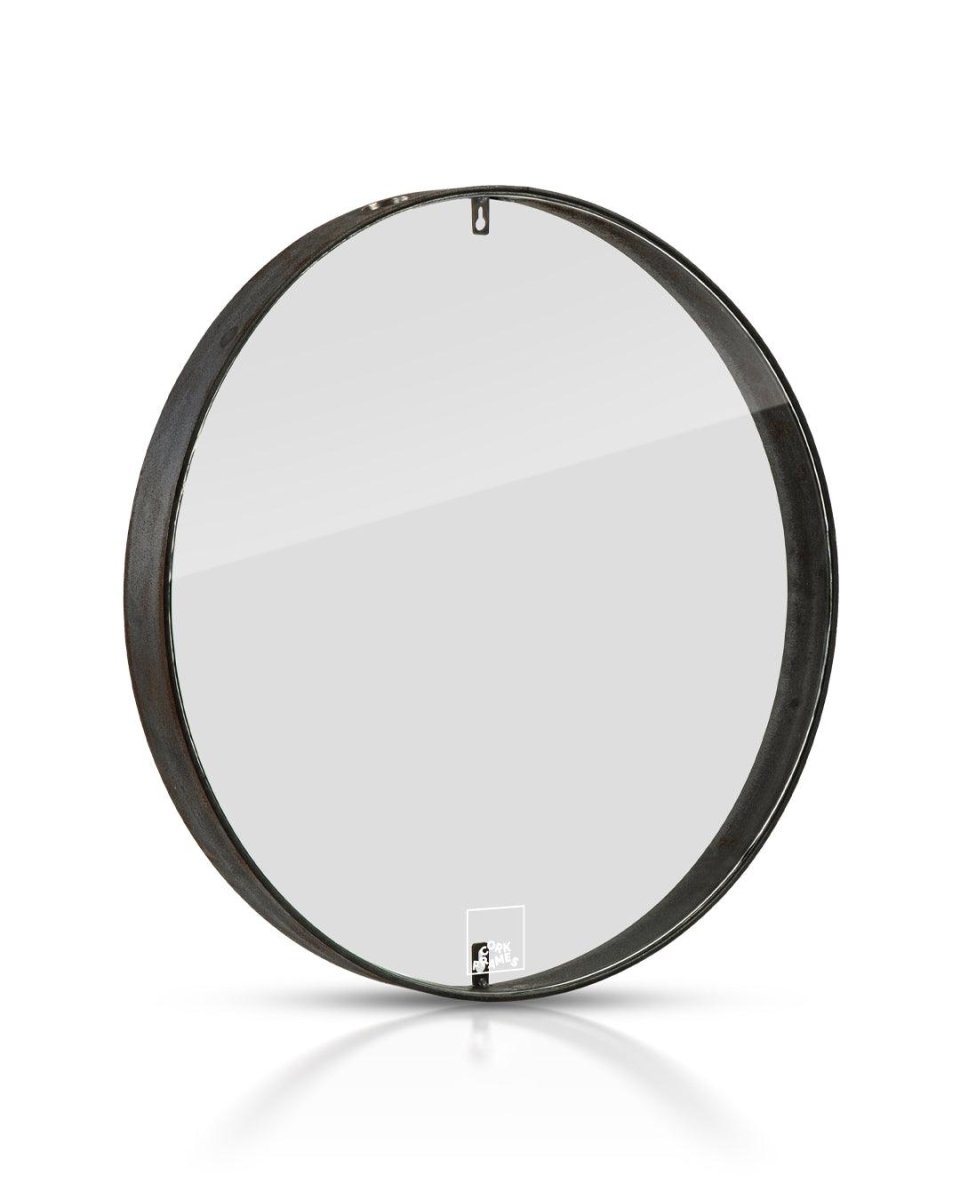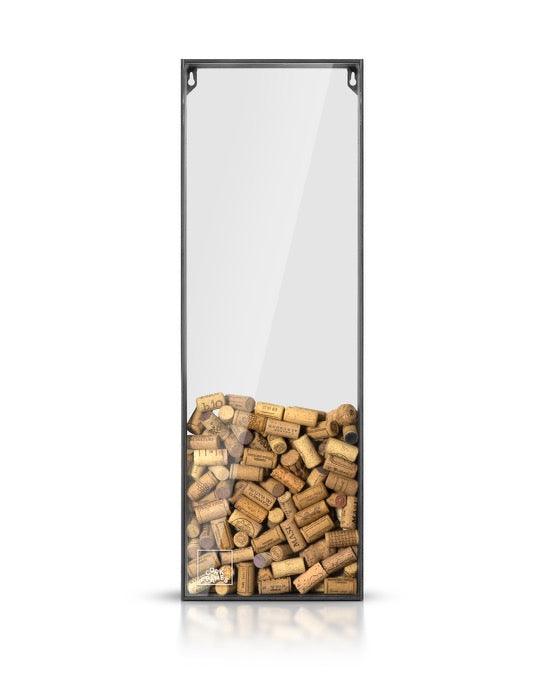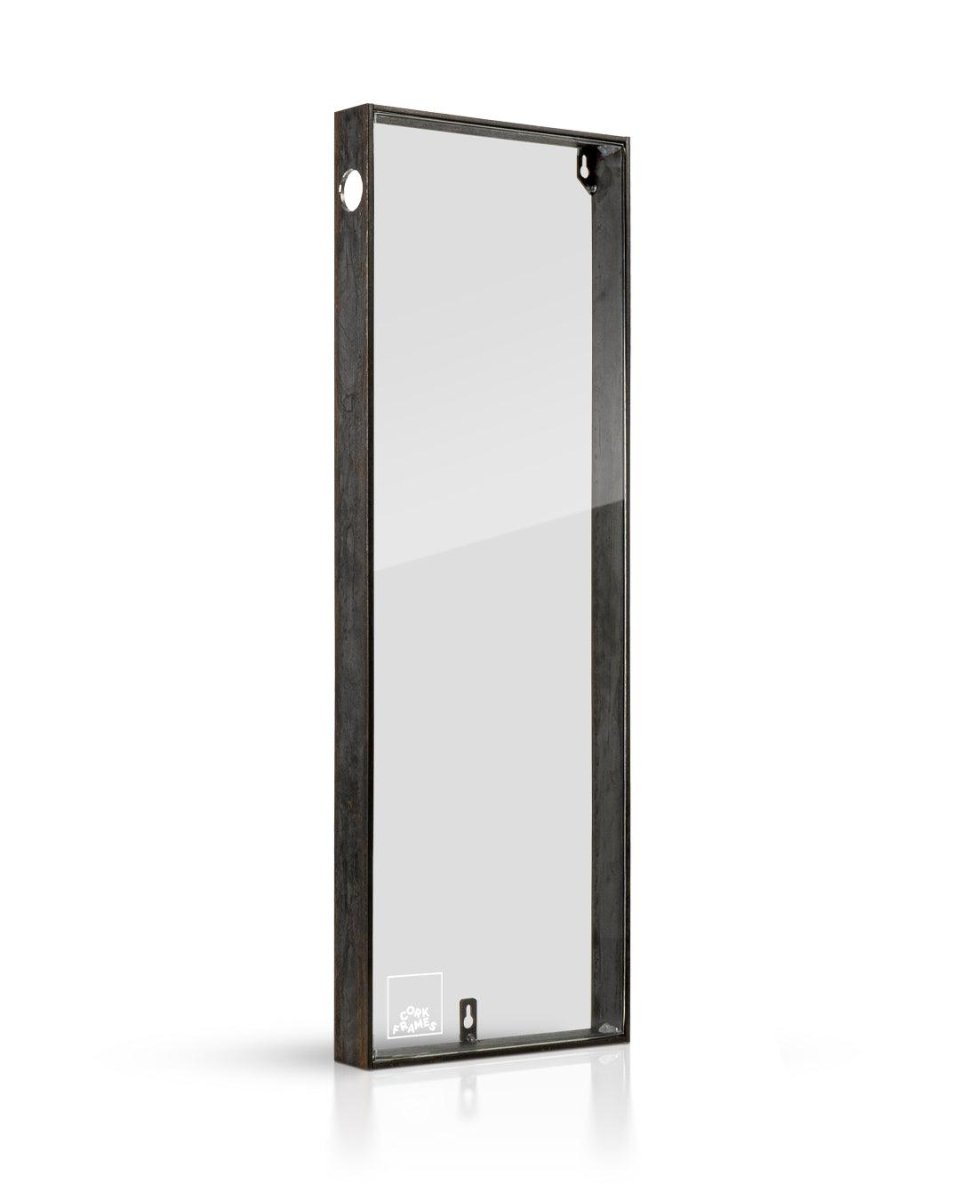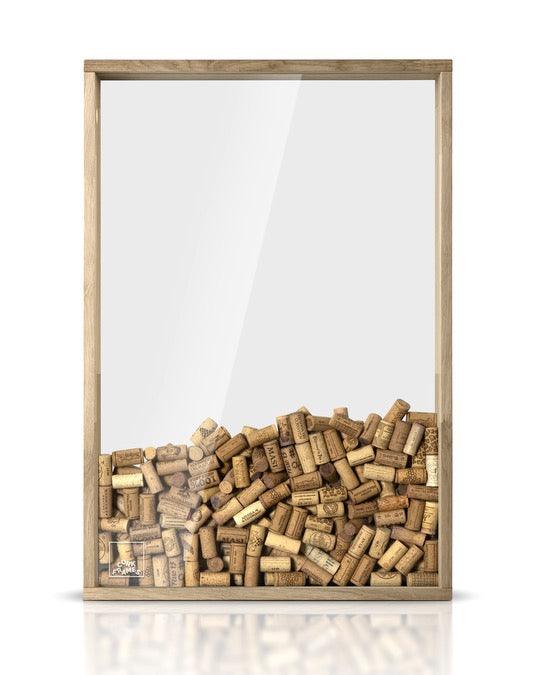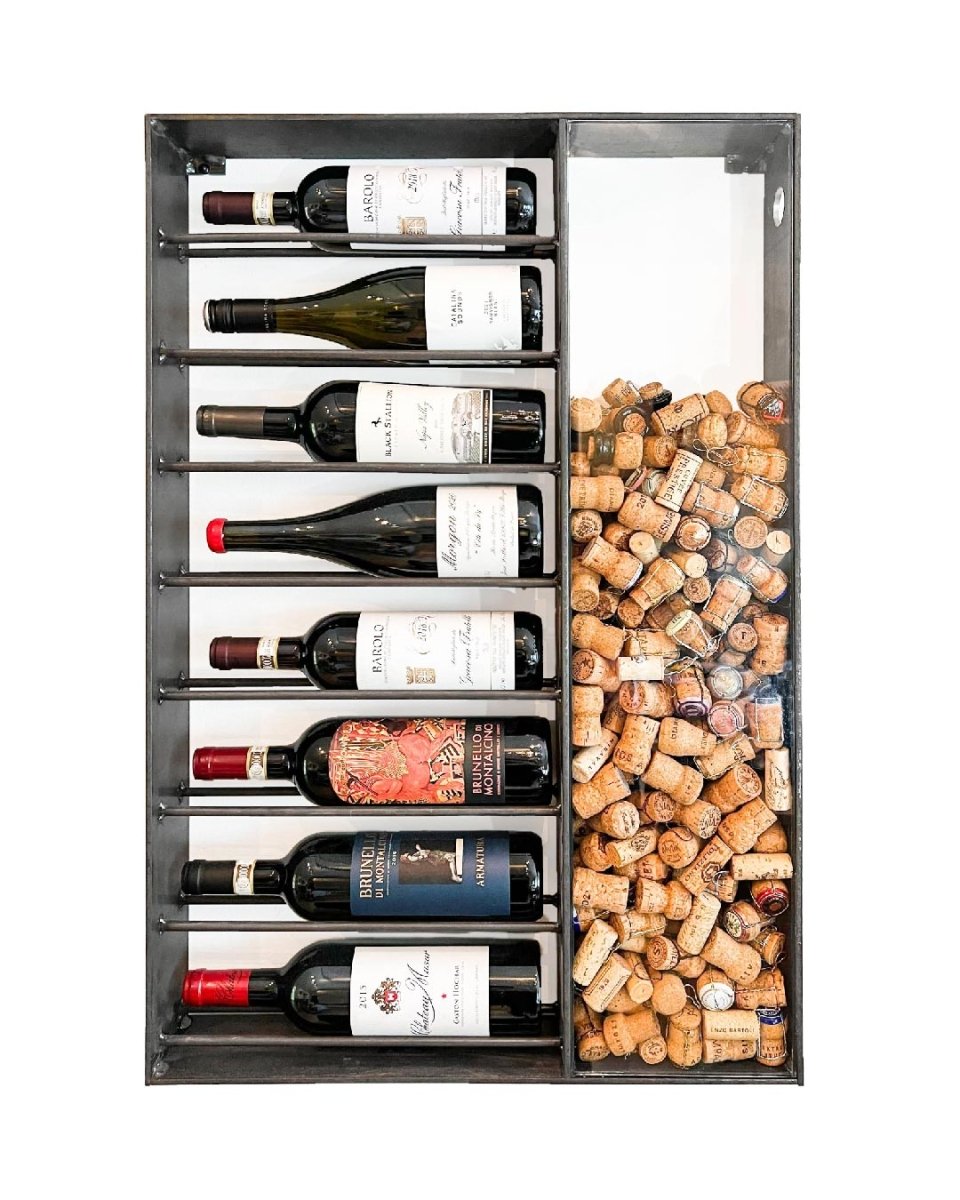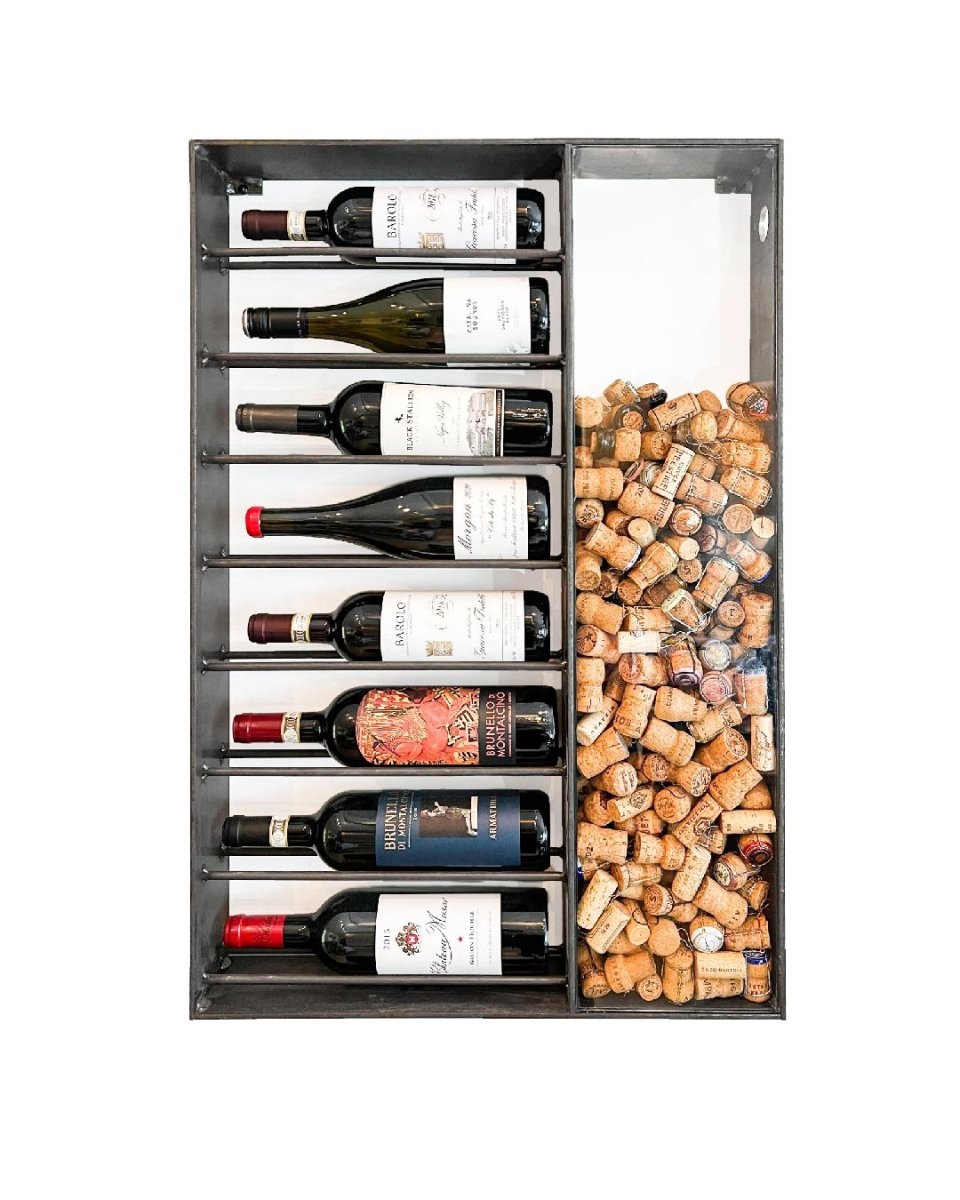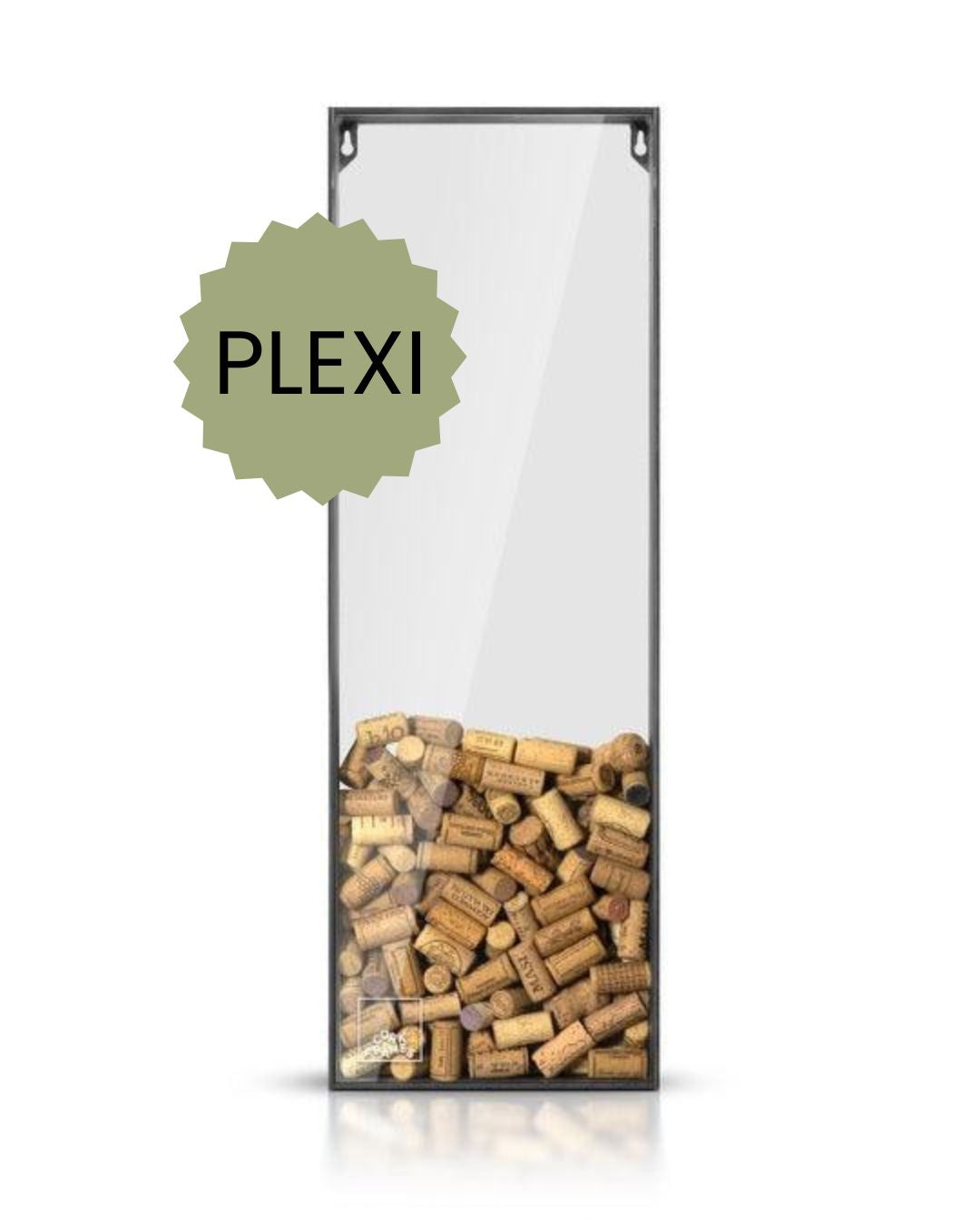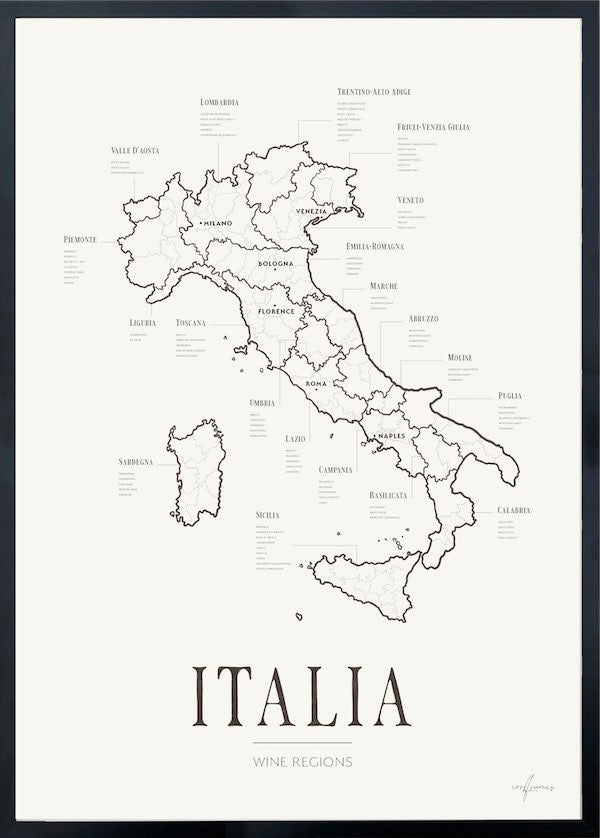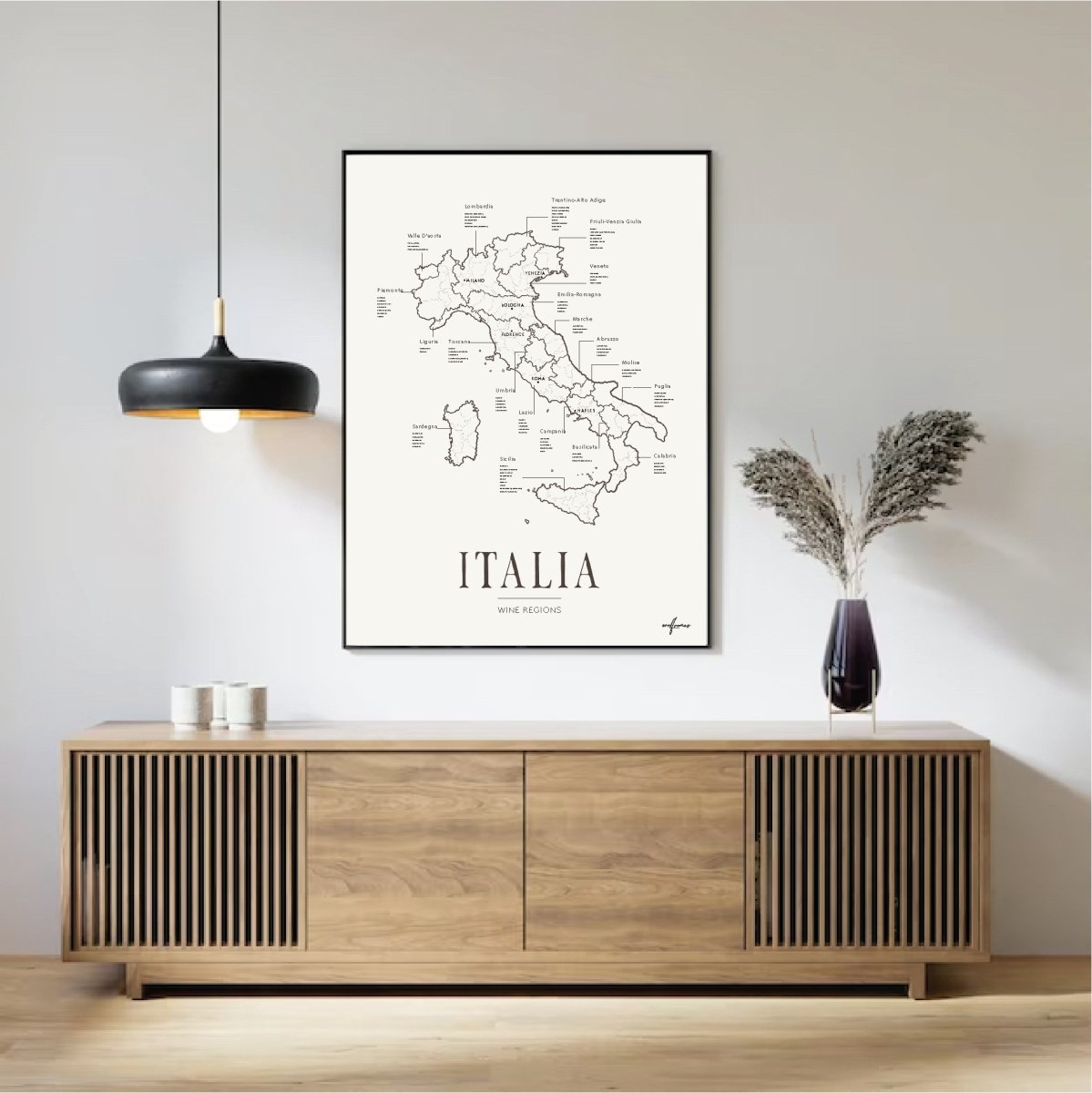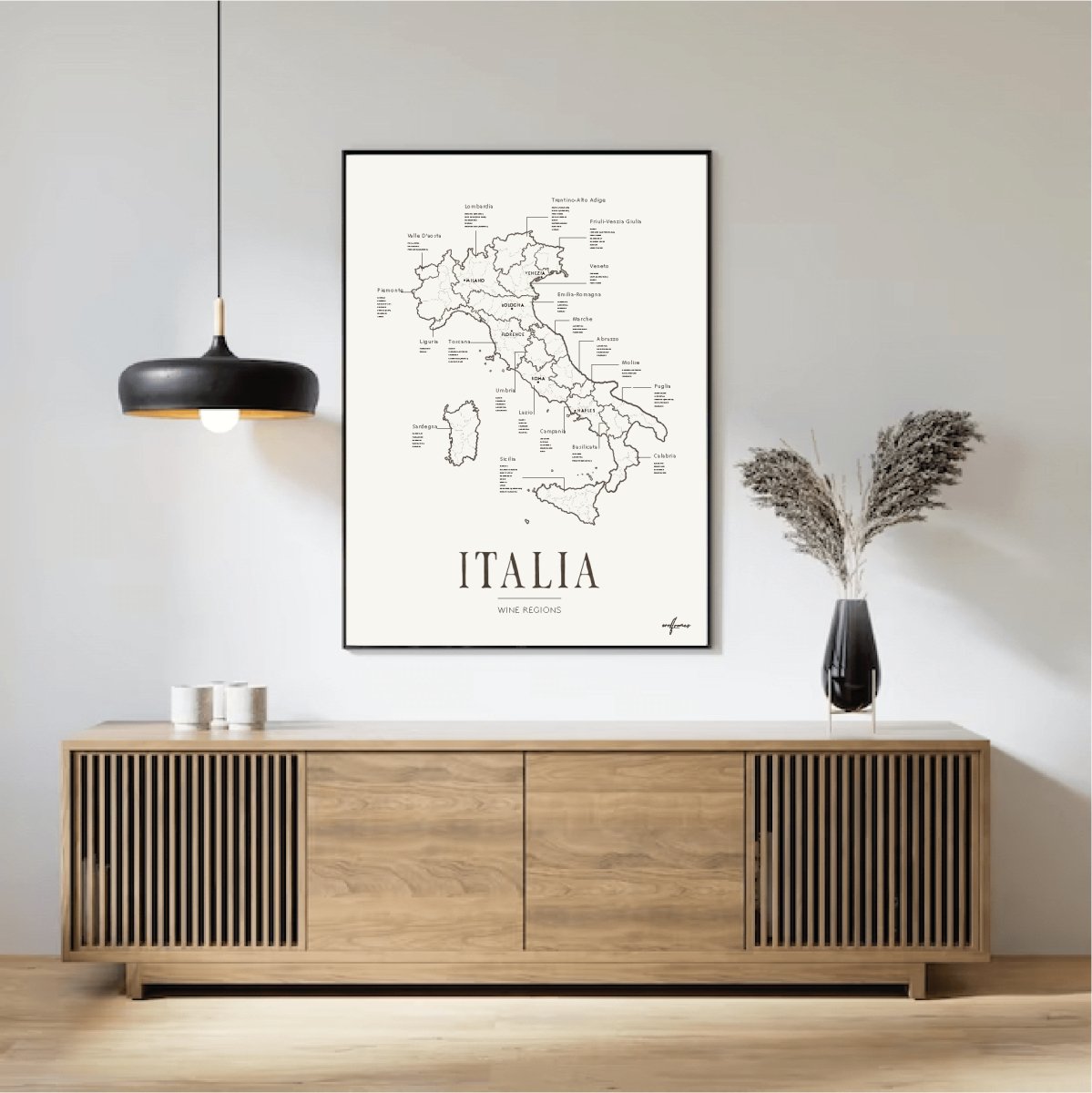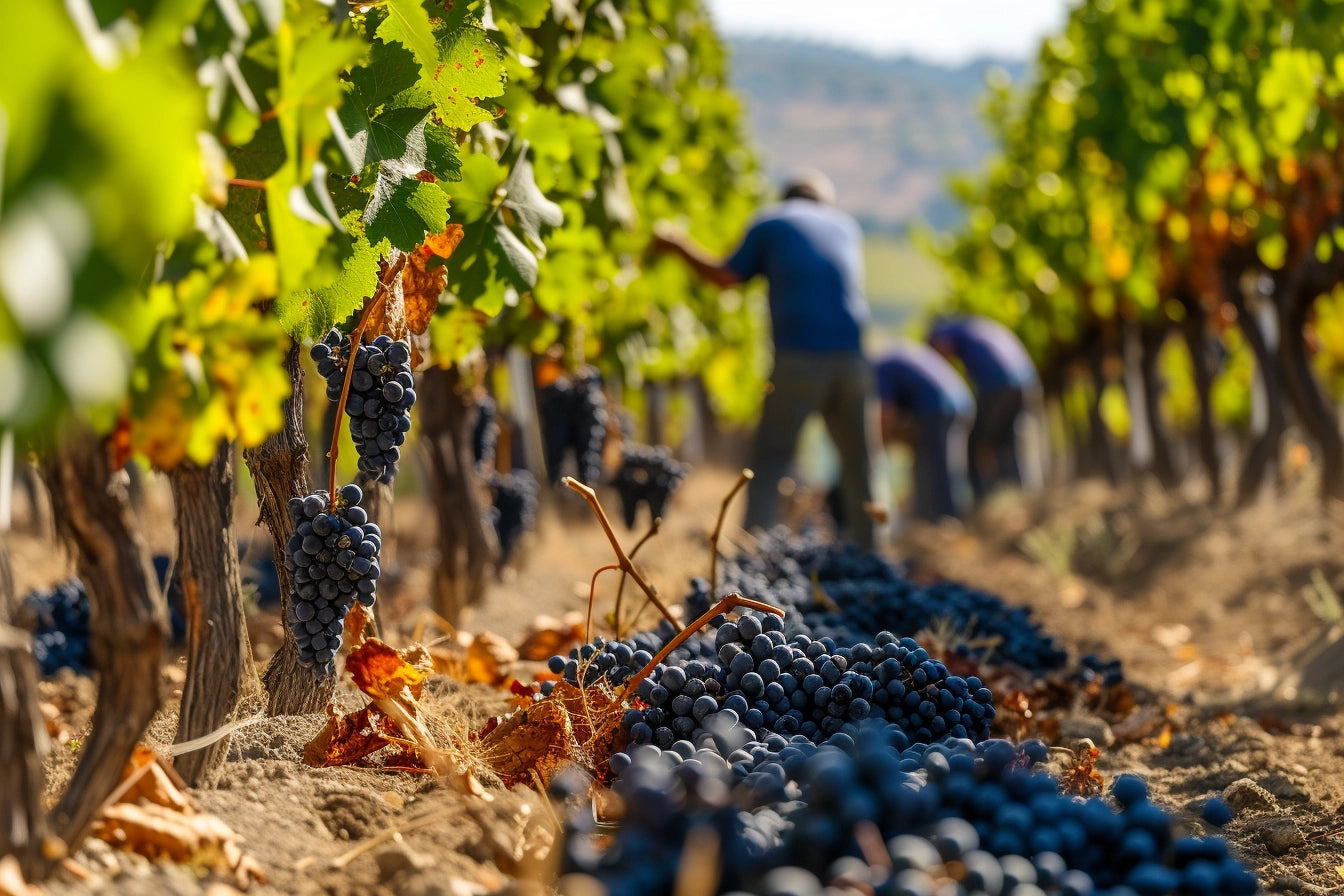DOCG (Denominazione di Origine Controllata e Garantita) is the highest and most prestigious classification that an Italian wine can receive. Introduced to ensure that wines not only meet high quality standards but also reflect their geographical region and its traditions, DOCG is a mark of excellence in Italian winemaking.
Here’s a deeper look into what DOCG classification entails and why it’s so important for Italian wines.
What does DOCG Classification Mean?
Denominazione di Origine Controllata e Garantita translates to "controlled and guaranteed designation of origin." This means the wine meets the strictest requirements set by Italian authorities for wine production. Several key factors define whether a wine can achieve DOCG status:
-
Strict rules on cultivation and production: DOCG wines must be produced in a specific geographical region with clearly defined boundaries. The rules cover the types of grapes used, how they are cultivated, the yield (the amount of wine produced per hectare), and the winemaking methods. This ensures that the wine authentically represents its origin.
-
Stricter than DOC: The DOCG classification is an upgrade from DOC (Denominazione di Origine Controllata), which is the second-highest quality designation for Italian wines. For a wine to be promoted from DOC to DOCG, it must have a long-standing reputation for exceptional quality and consistently meet strict production criteria.
-
Lower yield requirements: One of the DOCG classification requirements is a lower yield compared to DOC wines. This means fewer grapes are harvested per hectare, resulting in more concentrated grapes and, consequently, higher quality wine.
-
Mandatory taste testing: Before a wine can be granted DOCG status, it must pass rigorous taste tests conducted by an official government panel. The panel assesses whether the wine meets the established quality standards and genuinely reflects its region of origin. This testing occurs after winemaking is completed and ensures that the wine is of the highest caliber.
-
Guarantee seal on the bottle: DOCG wines can be identified by a special seal wrapped around the neck of the bottle. This band guarantees that the wine has passed all necessary controls and meets DOCG standards. The seal is a sign of quality and trust, making it easy for consumers to recognize DOCG wines in stores and restaurants.
Examples of DOCG Wines
Italy is home to several iconic DOCG wines, often closely associated with their regions of origin. Some of the most renowned examples include:
- Barolo and Barbaresco from Piedmont
- Brunello di Montalcino and Vino Nobile di Montepulciano from Tuscany
- Chianti Classico from Tuscany
- Amarone della Valpolicella from Veneto
These wines have earned DOCG status not only due to their quality but also for their historical significance and their ability to represent the regions where they are produced.
Why is DOCG Important for Wine Lovers?
For wine enthusiasts worldwide, the DOCG label serves as a quality guarantee. When you purchase a DOCG wine, you know that the wine has undergone the strictest controls and represents the best that the region has to offer. With its guaranteed origin and high standards, DOCG wines are often sought after by collectors and are a natural choice for those looking for an authentic Italian wine experience.
The DOCG classification is more than just a label – it represents the highest expression of Italian winemaking. Through carefully regulated production methods, taste testing, and a unique guarantee seal, these wines are ensured to live up to their reputation as some of the finest in the world. So the next time you come across a DOCG wine, you can be confident that you are holding a wine of the highest quality, reflecting both history and tradition.




